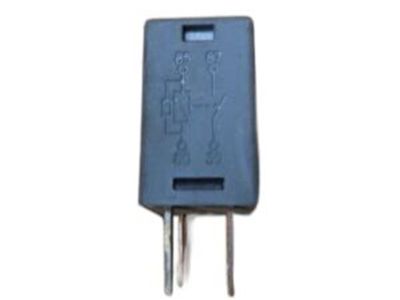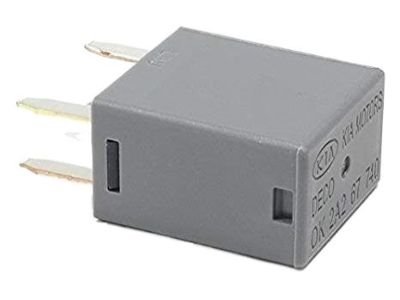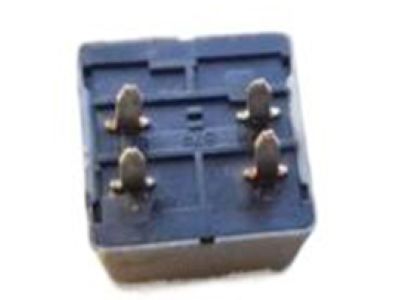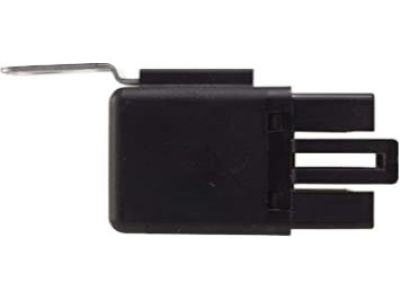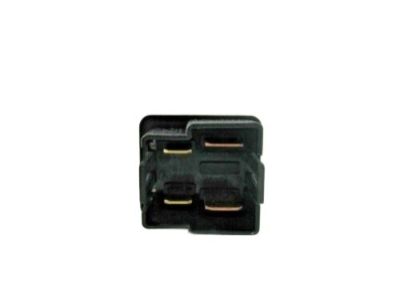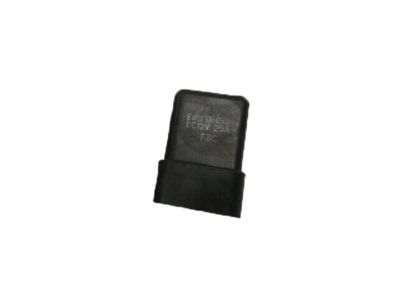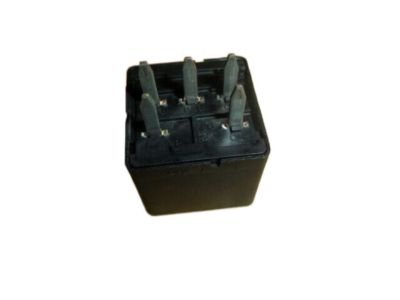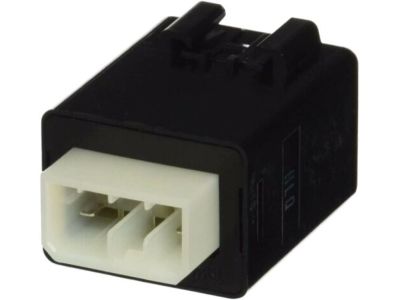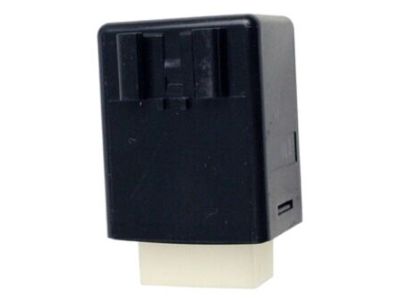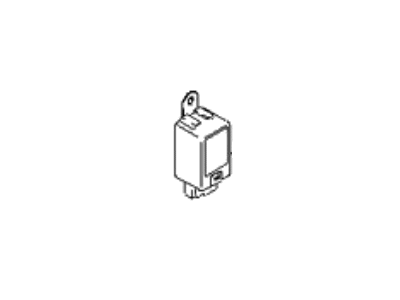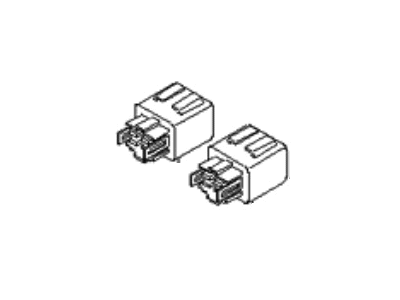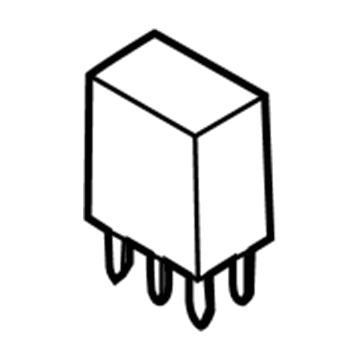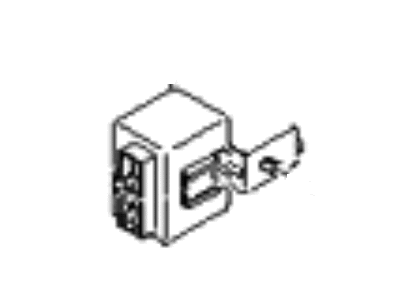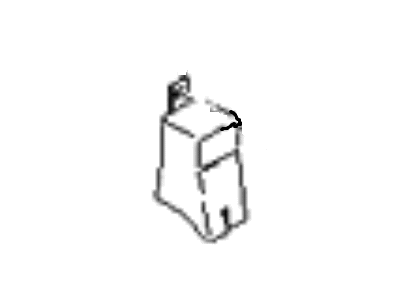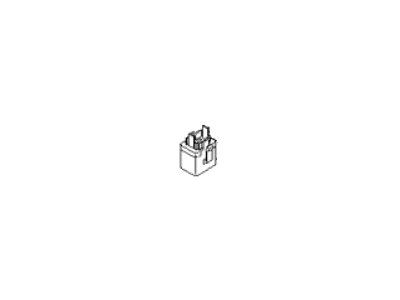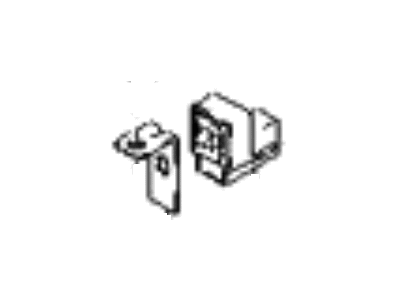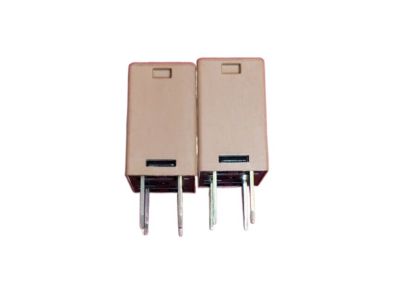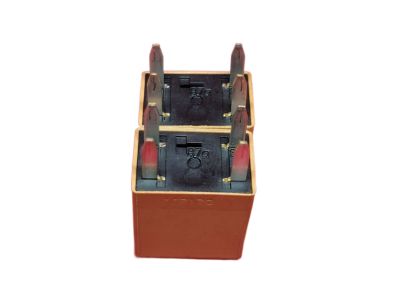×
- Hello
- Login or Register
- Quick Links
- Live Chat
- Track Order
- Parts Availability
- RMA
- Help Center
- Contact Us
- Shop for
- Kia Parts
- Kia Accessories

My Garage
My Account
Cart
Genuine Kia Spectra Relay
Wire Relay- Select Vehicle by Model
- Select Vehicle by VIN
Select Vehicle by Model
orMake
Model
Year
Select Vehicle by VIN
For the most accurate results, select vehicle by your VIN (Vehicle Identification Number).
15 Relays found

Kia Spectra Relay
Part Number: 0K2A267740$18.08 MSRP: $25.44You Save: $7.36 (29%)Ships in 1-3 Business Days
Kia Spectra Relay
Part Number: 0K2A167740$19.52 MSRP: $27.45You Save: $7.93 (29%)Ships in 1-3 Business Days
Kia Spectra Relay
Part Number: 971202F000$19.98 MSRP: $28.10You Save: $8.12 (29%)Ships in 1-3 Business Days
Kia Spectra Relay
Part Number: 971202F200$19.98 MSRP: $28.10You Save: $8.12 (29%)Ships in 1-3 Business Days
Kia Spectra Relay Assembly
Part Number: 952303A300$29.61 MSRP: $41.65You Save: $12.04 (29%)Ships in 1-3 Business Days
Kia Spectra Relay
Part Number: 0K9A367740A$38.50 MSRP: $52.60You Save: $14.10 (27%)Ships in 1-3 Business DaysKia Spectra Unit-Flasher
Part Number: KKY0166830$27.87 MSRP: $39.20You Save: $11.33 (29%)Ships in 1-3 Business DaysKia Spectra Relay-No 30A
Part Number: MDX5067730$19.35 MSRP: $26.22You Save: $6.87 (27%)Ships in 1-3 Business DaysKia Spectra Relay-Micro
Part Number: 9522538300$15.36 MSRP: $21.60You Save: $6.24 (29%)Ships in 1-3 Business DaysKia Spectra Relay
Part Number: 0K2N36774X$24.96 MSRP: $33.82You Save: $8.86 (27%)Ships in 1-3 Business DaysKia Spectra Relay
Part Number: 0K2C667740$27.17 MSRP: $36.82You Save: $9.65 (27%)Ships in 1-3 Business DaysKia Spectra Relay
Part Number: 0K01267740$29.25 MSRP: $39.64You Save: $10.39 (27%)Ships in 1-3 Business DaysKia Spectra Wire Module
Part Number: 0K2C04379Z$35.75 MSRP: $48.84You Save: $13.09 (27%)Ships in 1-3 Business Days
Kia Spectra Relay
If you're in search of top-notch, reasonably priced OEM Kia Spectra Relay, then you've found the perfect spot. Our website boasts an extensive inventory of Kia Spectra Relay, all priced at the market's premier price. Rest assured, every genuine part we offer comes with a warranty straight from the manufacturer.
Kia Spectra Relay Parts Questions & Experts Answers
- Q: How do relays function in Kia Spectra electrical systems, and what steps should be taken to test and replace a defective relay?A:Most of the electrical accessories in the vehicle use relays to supply the current for the certain component, and if the relay is faulty, then the particular component will not function as expected. Bulk of the relays are located in the engine compartment fuse and relay box; however, others can be found in the different wiring looms positioned beneath the instrument cluster. If a faulty relay is believed to exist, the part can be pulled and either taken through a set series of steps or brought to a dealer service department or repair shop, as bad relays are replaced as an assembly. Most of the relays employed in these vehicles are referred to as "ISO" relays, labeled with the terminal numbers to represent the common circuit configurations and applications. Two of the terminals are applicable to the relay control circuit and connecting to the relay coil, while the other is for the power supply. When energized, the coil produces a magnetic field that will close the larger contacts of the power circuit to supply power to the loads. Terminals 85 and 86 are generally the control circuit while other connections are expected if the relay contains a diode or resistor. Terminal 30 is typically connected to the battery voltage supply for the circuit loads, whereas terminal 87 connects to the ground side of the circuit. To check continuity through the relay control coil, we use the ohmmeter and be sure to check it both ways. If there is a resistor within the relay, the resistance should be the same in either direction but a diode is different because it will present high resistance in one direction than in the other. Any chance of resistance in both directions means that the relay must be changed. After the relay has been removed, there should be no continuity between the power circuit post when the switch is off and the post 30 and 87. Next, bringing a fused jumper wire to terminal 86 from positive battery terminal and another jumper wire connecting terminal 85 and ground should cause the relay to click and there should be continuity between the terminals 30 and 87. If the relay does not pass any of these tests, it should be replaced.

